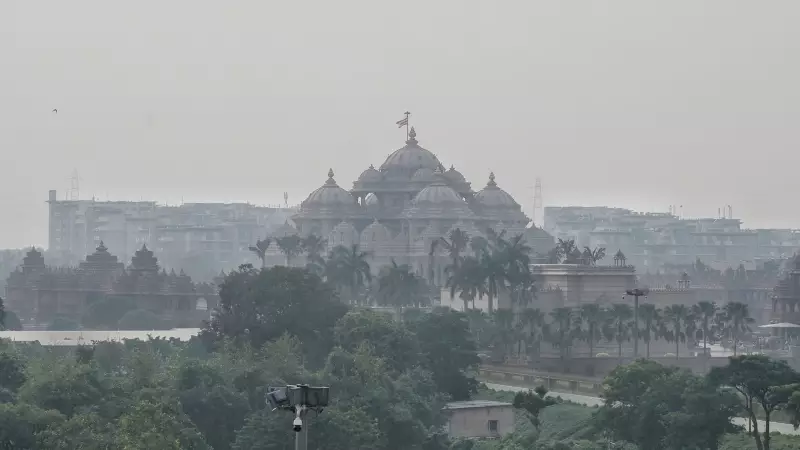
The national capital woke up to a thick blanket of smog on Monday morning as Delhi's Air Quality Index (AQI) plunged into the 'severe' category following Diwali celebrations, despite restrictions on firecrackers.
Residents across the city reported breathing difficulties and poor visibility, with many taking to social media to describe the city as a "gas chamber" and expressing frustration over the deteriorating air quality.
Widespread Pollution Across Monitoring Stations
Data from the Central Pollution Control Board revealed alarming pollution levels at multiple locations:
- Anand Vihar recorded an AQI of 999, the maximum measurable value
- RK Puram area reached 845 around 11 pm on Sunday
- Multiple stations across the city showed consistently hazardous readings
The System of Air Quality and Weather Forecasting and Research (SAFAR) reported that PM2.5 concentrations constituted 60-70% of Delhi's PM10 levels, indicating extremely fine and dangerous particulate matter in the air.
Resident Outcry and Health Concerns
Delhi citizens voiced their concerns strongly on social media platforms. One resident highlighted the immediate health impact, stating they had to use an inhaler after experiencing breathing problems. Another questioned the effectiveness of pollution control measures, asking when the city would finally become breathable.
The timing couldn't be worse, as many offices have resumed in-person work arrangements, forcing commuters to navigate through the hazardous air conditions.
Firecracker Violations Despite Ban
Despite the Delhi government's complete ban on firecrackers, violations were reported across several areas of the capital. The police registered multiple cases against those flouting the regulations, though the damage to air quality had already been done.
This annual post-Diwali pollution crisis continues to challenge authorities and residents alike, raising serious questions about sustainable celebration practices and effective pollution control measures in one of the world's most polluted cities.





